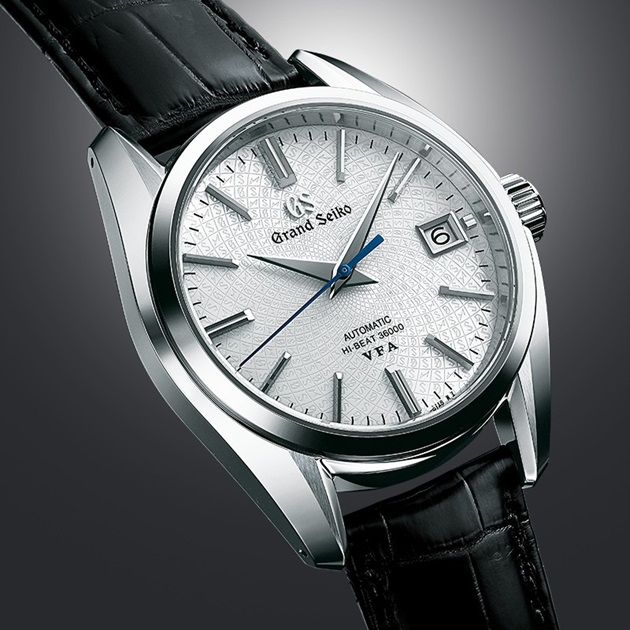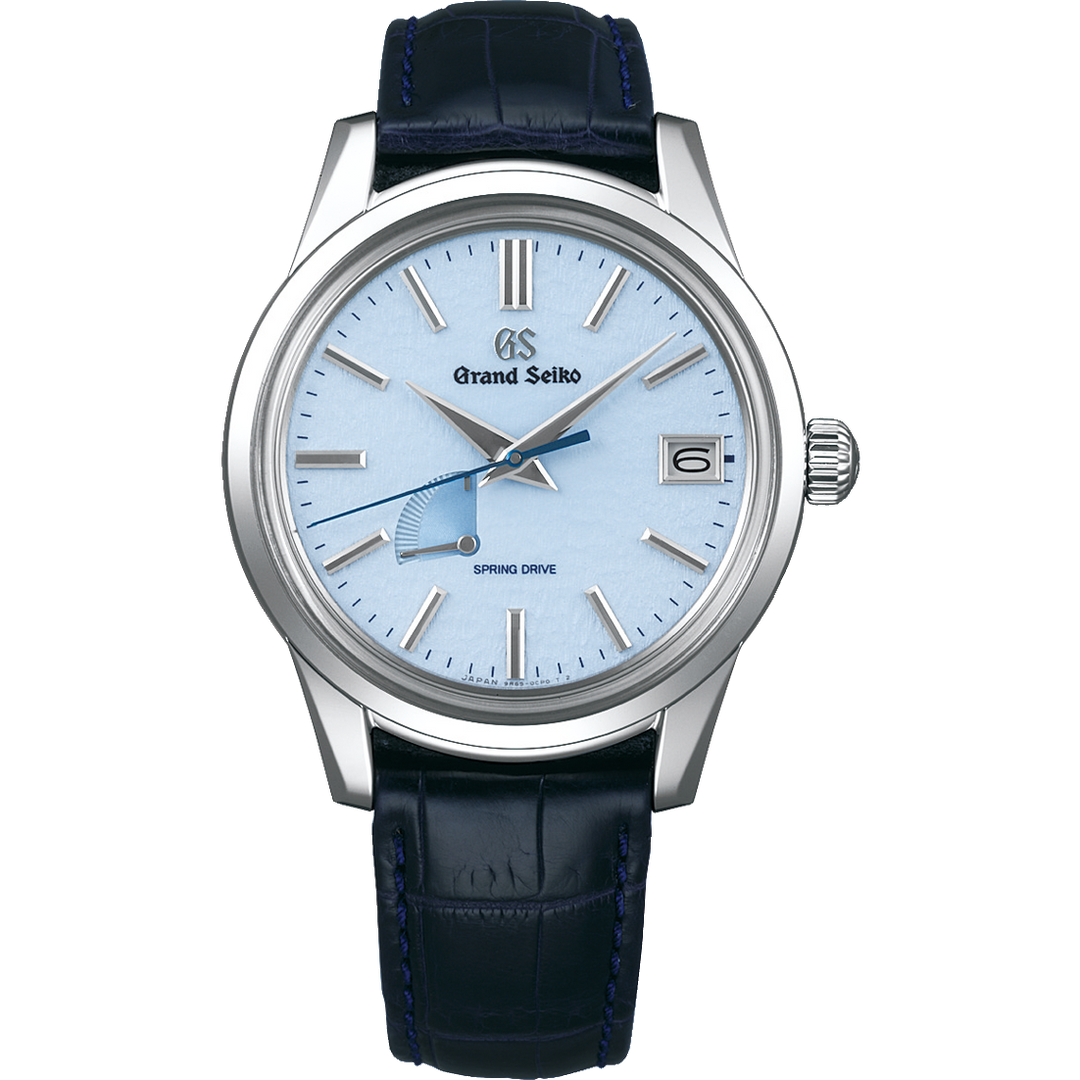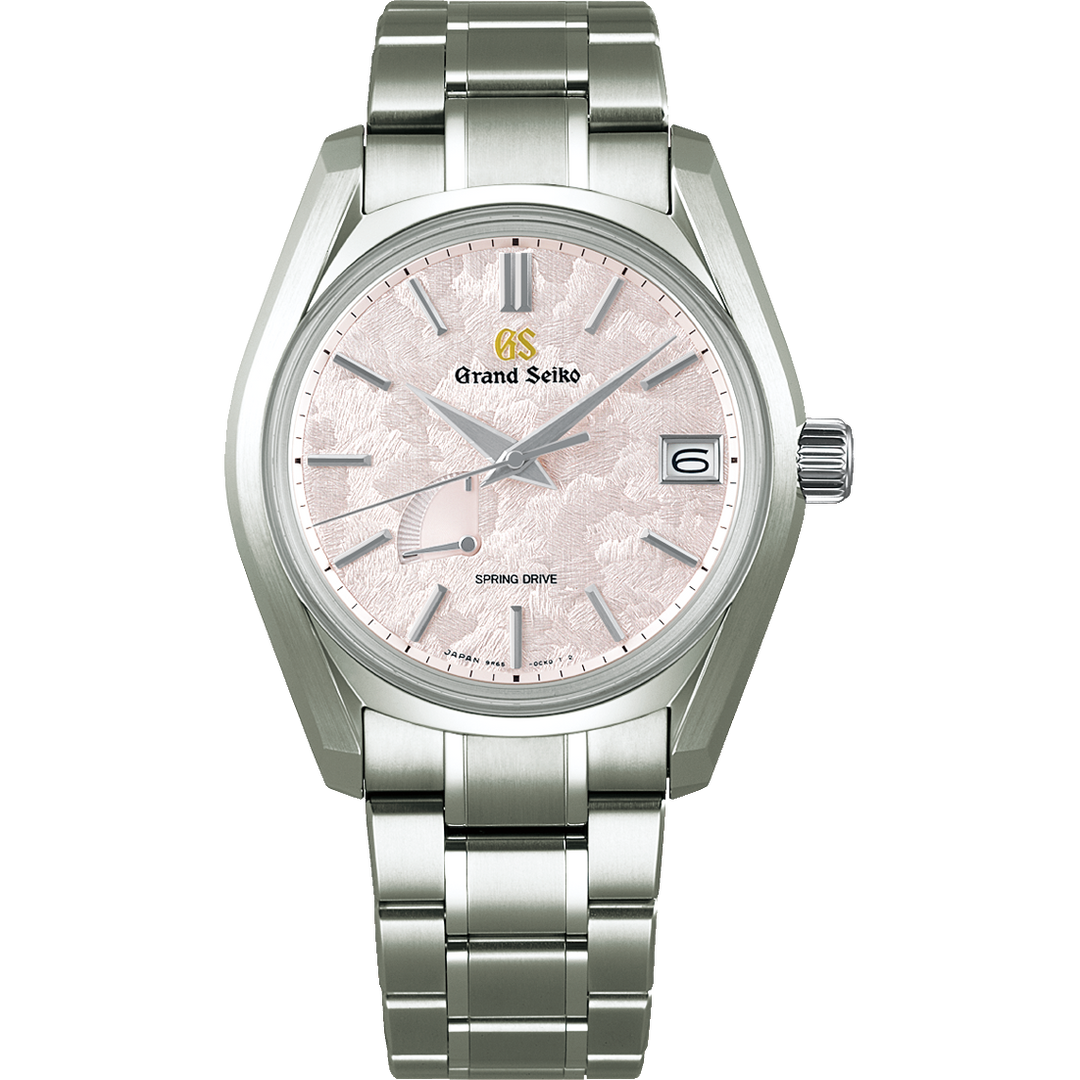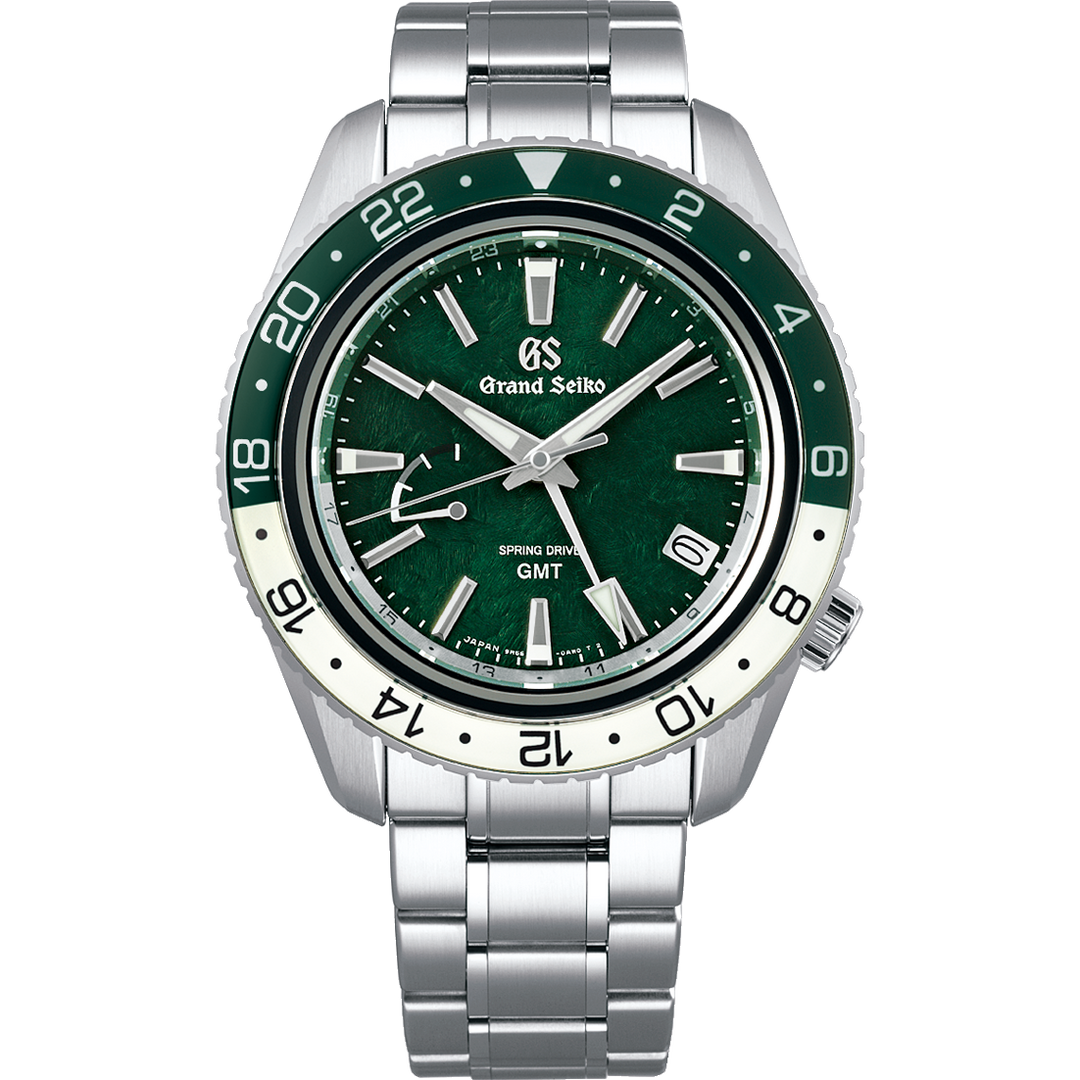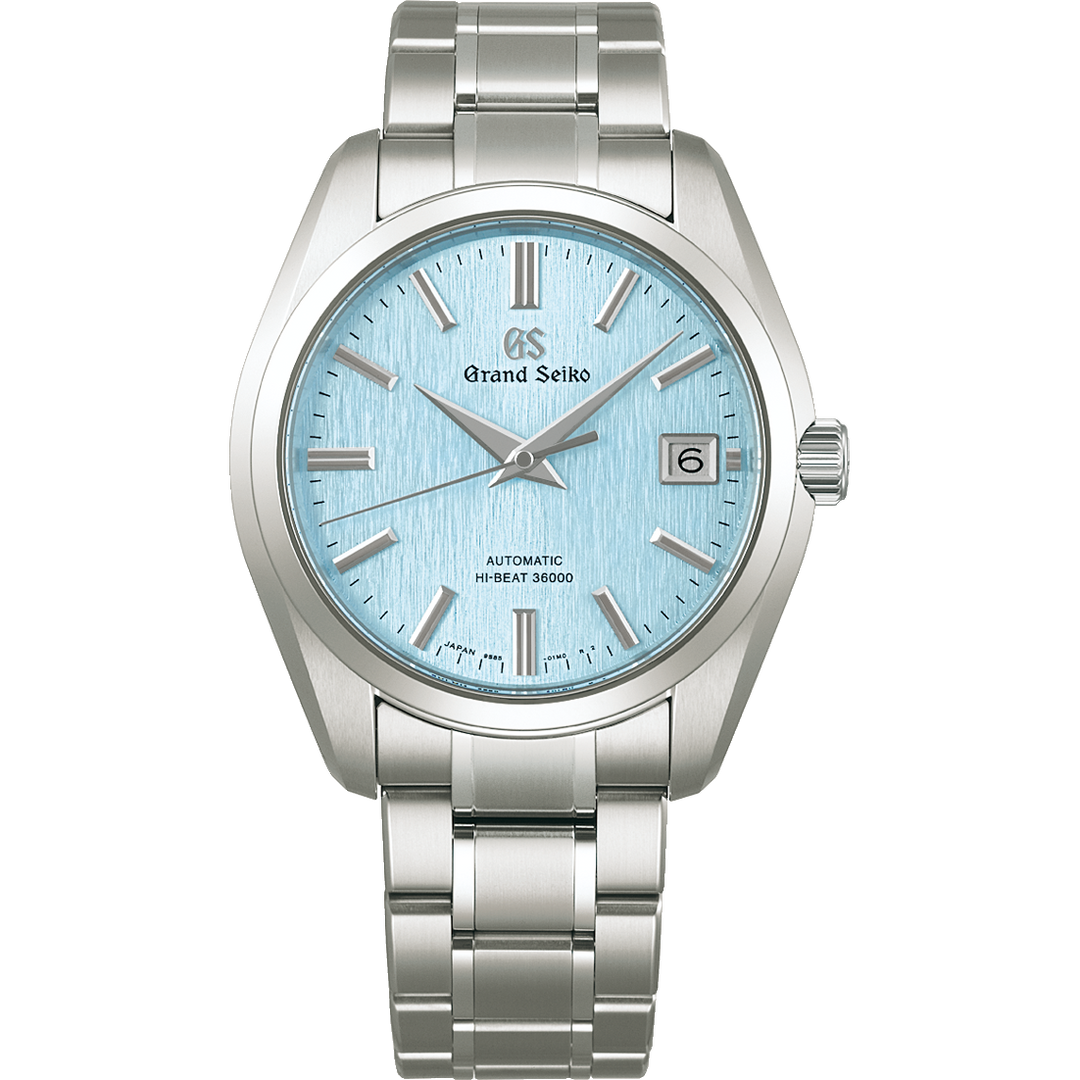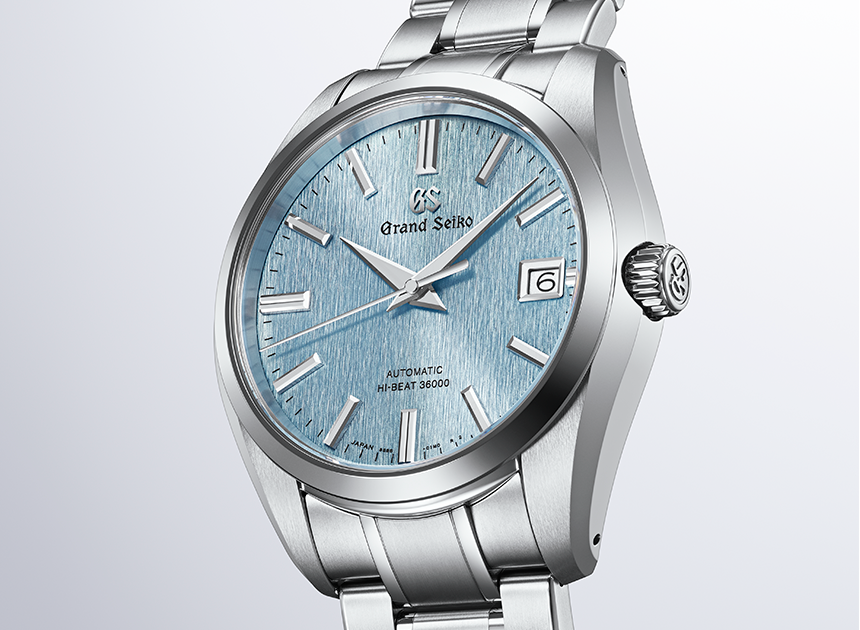Embracing the Future
Grand Seiko emerged in 1960, driven by a relentless pursuit of excellence. From its inception, the goal was to create the ‘ideal’ watch, setting global benchmarks in precision, durability, and aesthetics.
Over the decades, Grand Seiko has continually innovated, introducing significant advancements like the first automatic models, the 62GS and later the 61GS and 45GS, reinforcing its legacy with movements that rank among the finest globally.
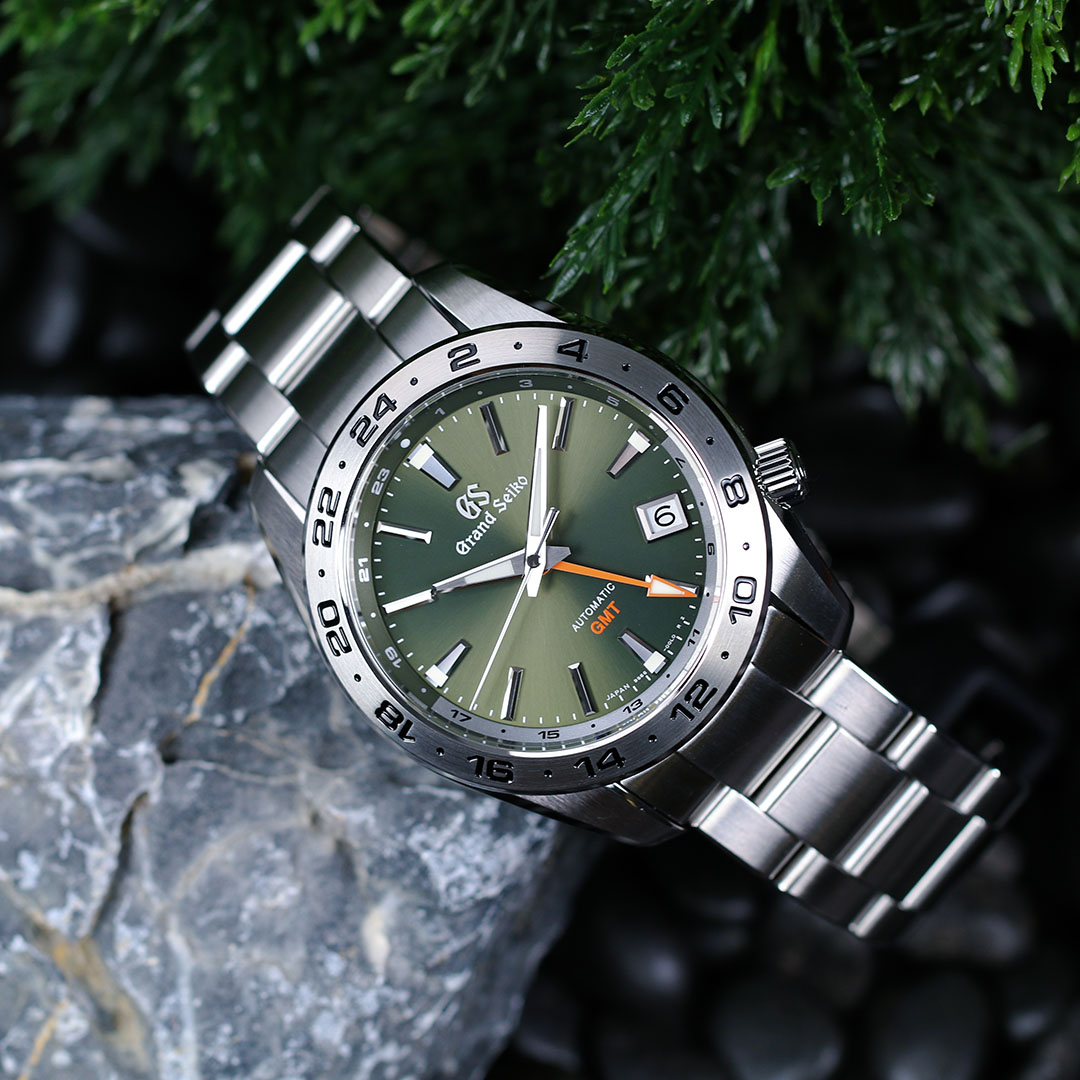
The Grand Seiko Style
The Grand Seiko Style is a design language centered on the idea of the “sparkle with quality.” It reflects exactly the essential characteristics of Grand Seiko: precision, beauty, legibility, and ease of use. It represents form and function in perfect harmony. The Grand Seiko Style was developed seven years after the creation of the first Grand Seiko. In the earliest days, the focus had been primarily on the precision of the movements and the company had not established any real identity for its watches in terms of exterior design. A chief designer spent long hours at the Wako store in Ginza, Tokyo’s most exclusive shopping district, watching how people reacted to watches from all around the world. He realized that, in order to stand out and to attract the eye, Grand Seiko needed to have more brilliance. He saw that the way forward was to design watches with sharper angles and distortion-free surfaces so that they would “sparkle with quality.”
For the Japanese, black and white are seldom expressed in their extremes; there are always numerous gradations between light and shadow to be discovered. Shadow is appreciated as much as light and the harmony between the two is highly valued. On a perfectly polished surface, the play of light and shadow creates a beautiful harmony. This interaction can be seen in traditional Japanese folding screens and Shoji sliding doors. Even though these screens and doors are constructed with simple straight lines and flat surfaces of paper and wood, the ever-changing interplay of light and shadow creates endless expressions of character. The Grand Seiko designer saw this clearly and decided that his designs would pay constant attention to the beauty of these infinite gradations. He, therefore, created the Grand Seiko Style to convey this truly Japanese sense of beauty. It focuses on straight lines and flat surfaces that together achieve a structural design with endless expressions of light and shadow.
With Grand Seiko
Principle 1:
The design should have flat surfaces and two-dimensional curves. Three-dimensional curves are generally not utilized.
Principle 2:
The flat surfaces of the case, dial and hands should be as wide as possible.
Principle 3:
Every surface should be distortion-free and have a mirror surface.
